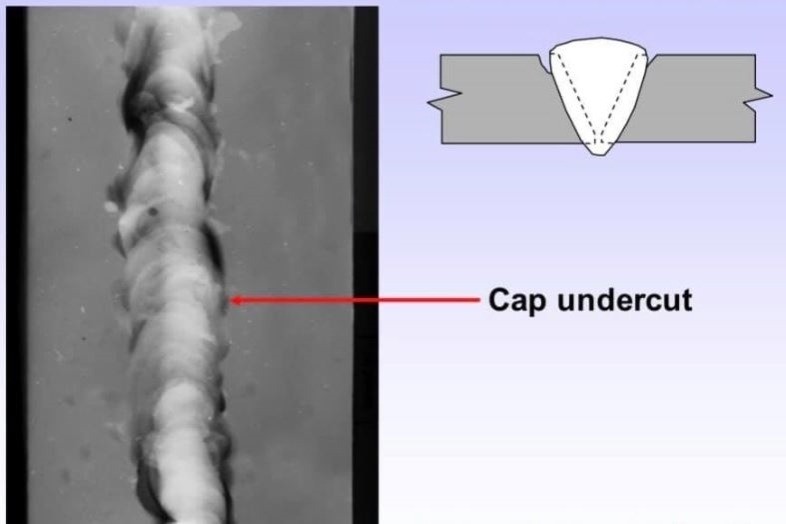Understanding the Art of Welding: Just How to Avoid Undercut Welding Issues for Flawless Manufacture Outcomes
Performance and precision are extremely important on the planet of welding, where even the slightest flaw can endanger the architectural integrity of a made item. One common difficulty that welders face is damaging, a problem that can lead and weaken a weld joint to expensive rework. By understanding the source of undercut welding and applying effective methods to stop it, welders can boost their craft to new levels of quality (Preventing weld undercut). In the search of flawless manufacture results, understanding the art of welding to stay clear of undercut issues is not just a skill yet a requirement for those aiming for excellence in their job.
Recognizing Undercut Welding

To avoid undercut welding, welders need to make sure proper welding specifications, such as changing the existing, voltage, traveling rate, and preserving the correct electrode angle. By understanding the causes of undercut welding and implementing preventative procedures, welders can accomplish high-grade, structurally audio welds.
Reasons For Undercut in Welding
Recognizing the factors that add to damage in welding is essential for welders to produce high-quality, structurally sound welds. Inadequate welding current or wrong welding speed can additionally add to undercut. Comprehending these reasons and implementing correct welding methods can aid avoid damaging problems, ensuring solid and sturdy welds.
Strategies to Stop Undercutting

To alleviate the threat of damaging in welding, welders can use critical welding strategies intended at improving the high quality and stability of the weld joints. Furthermore, utilizing the appropriate welding technique for the specific joint configuration, such as weave or stringer beads, can contribute to reducing damaging.
In addition, correct joint preparation, consisting of ensuring tidy base products devoid of pollutants and utilizing the proper welding consumables, is critical in protecting against undercut flaws. Utilizing back-step welding strategies and controlling the weld grain account can likewise assist distribute heat equally and reduce the risk of undercut. Regular examination of the weld joint during and after welding, in addition to implementing top quality assurance measures, can assist in resolving and finding undercutting concerns find more information quickly. By applying these methods diligently, welders can attain flawless manufacture results with minimal undercut issues.
Value of Correct Welding Parameters
Choosing and maintaining ideal welding specifications is crucial for achieving successful welds with very little issues. Welding parameters describe variables such as voltage, existing, travel speed, electrode angle, and protecting gas flow price that directly influence the welding procedure. These criteria must be thoroughly changed based on the sort of material being welded, its thickness, and the welding method utilized.
Correct welding specifications make sure the appropriate quantity of warmth is put on thaw the base metals and filler material uniformly. If the parameters are set expensive, it can result in extreme warmth input, creating burn-through, distortion, or spatter. On the other hand, if the specifications are too low, incomplete combination, lack of penetration, or damaging might happen.
Top Quality Guarantee in Welding Procedures

Conclusion
In conclusion, mastering the art of welding requires a complete understanding of undercut welding, its causes, and techniques to avoid it. Go Here By making sure proper welding criteria and carrying out quality control techniques, perfect fabrication outcomes can be achieved. It is crucial for welders to constantly pursue here quality in their welding operations to stay clear of undercut problems and produce top notch welds.
Undercut welding, a typical defect in welding processes, takes place when the weld metal does not correctly load the groove and leaves a groove or depression along the welded joint.To stop undercut welding, welders ought to make certain proper welding criteria, such as adjusting the existing, voltage, travel speed, and keeping the appropriate electrode angle. Poor welding incorrect or present welding rate can also contribute to damage.To mitigate the risk of damaging in welding, welders can employ tactical welding strategies aimed at enhancing the high quality and integrity of the weld joints.In verdict, grasping the art of welding calls for a comprehensive understanding of undercut welding, its reasons, and strategies to prevent it.